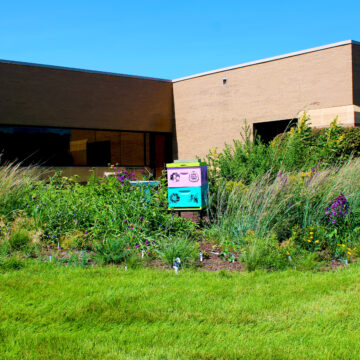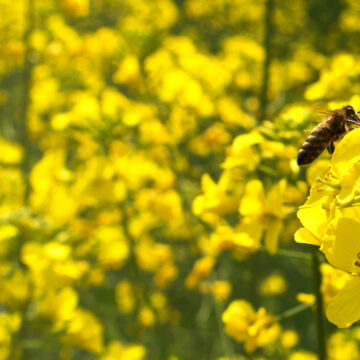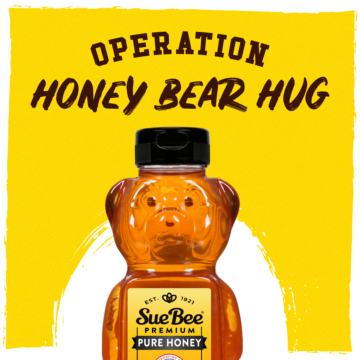Honeybee Haven
5 tips on how to create a bee-friendly flower garden this summer
The fact that honeybees need our help is not breaking news. You’ve probably read a story or two about the decline in honeybee populations in recent years.
But is that true? Have the honeybee populations, specifically in the U.S., been in decline in recent years? Yes and no.
While commercial beekeepers – like the 200+ members in the Sioux Honey Association Co-op – have experienced above-average losses in honeybee populations, they have been able to keep up with the losses by creating new hives/colonies of honeybees.
In fact, according to the USDA, in 2018, commercial beekeepers created more honeybees than they lost. They did so by splitting hives, producing new queen bees to create new hives, etc.
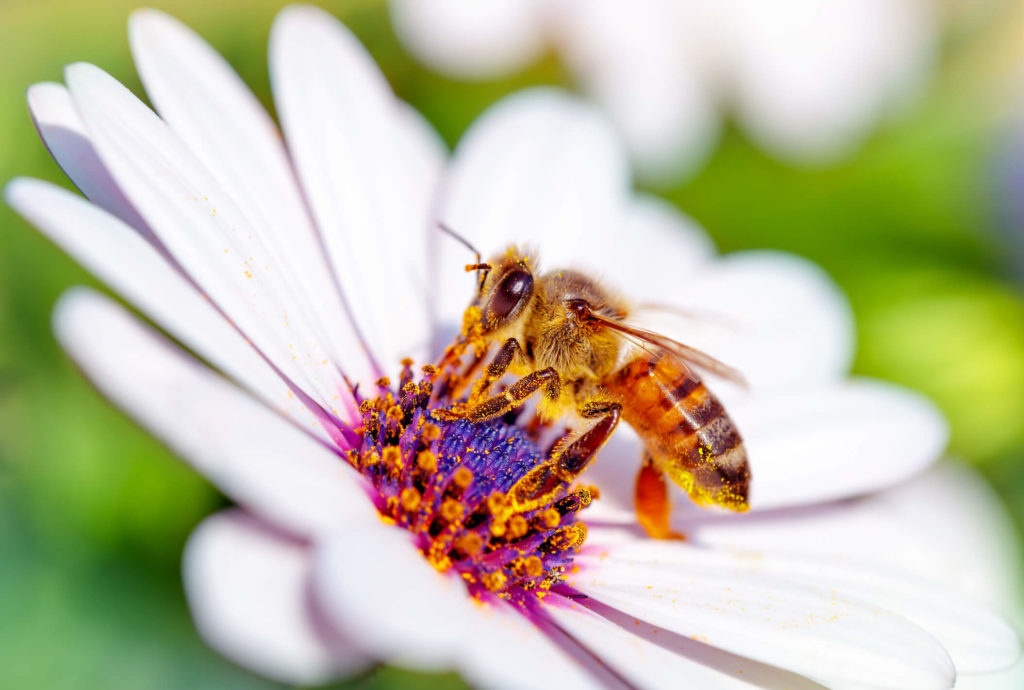
What about wild bees?
Feral honeybees, the ones that live in the wild, have a much harder time surviving. They don’t have beekeepers there to move their hives to safe ground when forest fires or floodwaters surge.
And there are lots of other reasons for honeybee deaths – both for honeybees that beekeepers tend to and for feral honeybees:
- A decrease in forgeable land due to monoculture farming.
- An increase use of pesticides and herbicides that are harmful to bees.
- Loss of biodiversity due to circumstances like climate change.
- Destruction of habitats that offer shelter for bees via forest fires, floods, tidal surges from. hurricanes, and other natural disasters.
- The relentless varroa mites.
- Small hive beetles.
- And mysterious, hard-to-pinpoint reasons that often fall under the label of “colony collapse disorder,” where entire colonies disappear overnight.
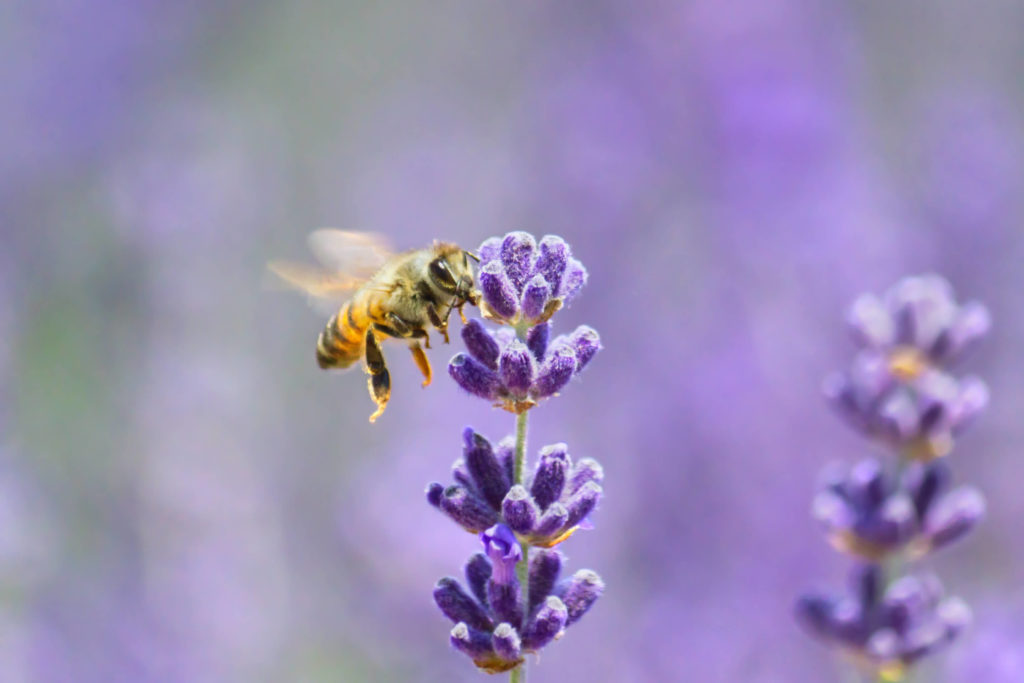
Stay calm, hug a beekeeper
As we mentioned, beekeepers like Sioux Honey co-op members have been keeping up with the losses by helping create new hives and, according to the USDA, they are collecting more honey than ever – up 2% in 2019.
But the prospect of honeybee losses is concerning news, considering honeybees – the world’s great pollinators – are responsible for pollinating about one-third of the global food supply. Specifically, of the 100 crops that provide 90 percent of our global food supply, 71 are pollinated by honeybees and other pollinators.
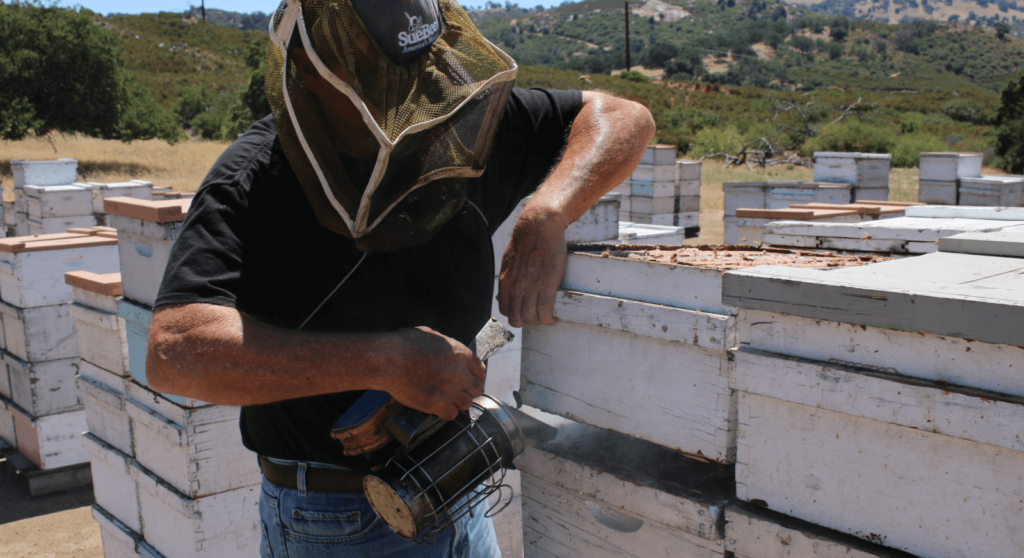
According to a 2016 report from the Food and Agriculture Organization of the United Nations, between $235 and $577 billion worth of annual global food production relies on direct contributions by pollinators.
Here’s where YOU come in
So maybe you’ve wondered, “How can I help?”
We’re so glad you asked! Because we have an answer: Plant a garden.
Planting flowers and plants that honeybees, butterflies and other pollinators can forage not only helps sustain the honeybee, it also adds colorful, natural beauty to a yard. It’s a win-win.
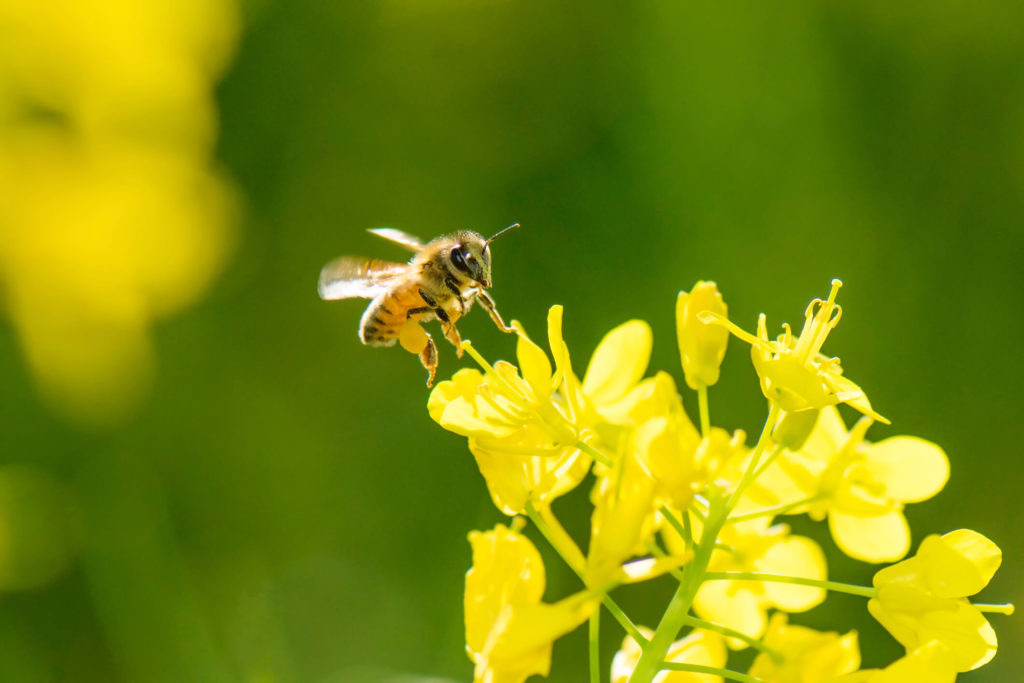
And you don’t need a sprawling homestead to create a bee-friendly flower garden. It can be a small area of your yard, and as modest as a window container or rooftop patch. The goal is to add to the shrinking amount of natural flower-rich habitat for honeybees. In return, the bees will pollinate your flowers and can help provide a harvest of fruits, seeds and vegetables that you and others in your neighborhood might plant.
Before you get started, consider these 5 tips:
1. Plant native flowers – Plant flowers that bees in your area are used to – ones that are uniquely adapted to your region. It’s a good idea to visit with a local garden center whose experts can help you find the perfect bee-friendly flowers for you. Plus, they will carry seeds and flowering plants that are specifically suited for your area.
2. Single-flower tops are ideal – Try to select single-flower tops for your bee garden, such as daisies and marigolds, rather than double-flower tops such as double impatiens. Double-headed flowers look pretty, but they also produce much less nectar and make it tougher for bees to access pollen.
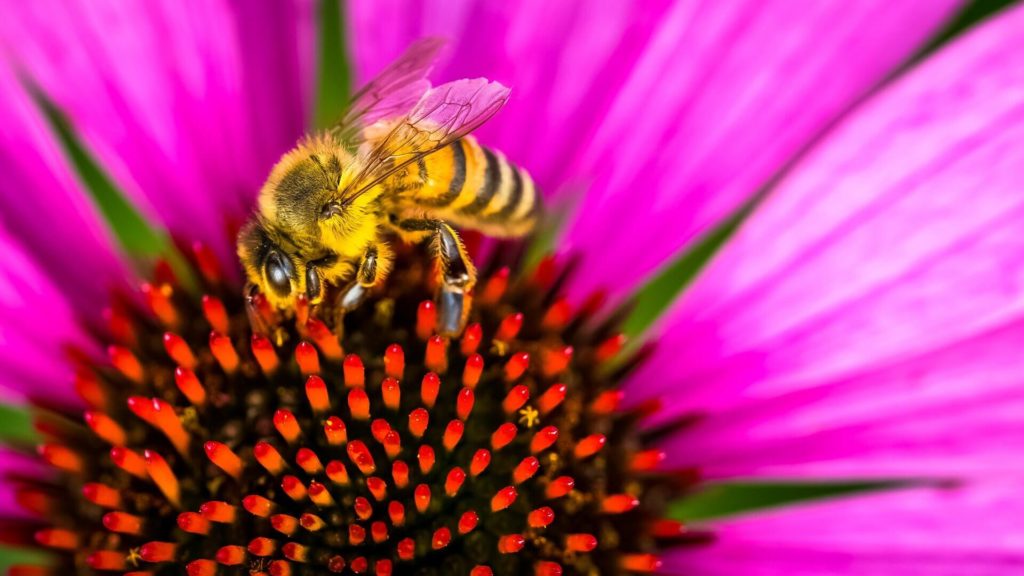
3. Variety is the spice of life for bees – Mix up the selection on the types of flowers you plant so you can have blooms during as many seasons as possible. That way, bees have a consistent food source on which to dine. More examples include: Springtime bloomers – crocus, hyacinth, borage, calendula and wild lilac. Summertime bloomers – cosmos, echinacea, snapdragon, foxglove and hostas. Fall bloomers – zinnias, sedum, asters, witch hazel and goldenrod.
4. No need to make it high maintenance – It’s important to remember that a bee-friendly garden doesn’t need to rely on constant upkeep. In fact, this is the type of garden that you can plant and then let it grow.
5. About pesticides and fertilizers – Don’t use them in a bee garden. They can be toxic to bees. Ladybugs, spiders and praying mantises will naturally keep pest populations in check. If you must, use only natural pesticides and fertilizers.
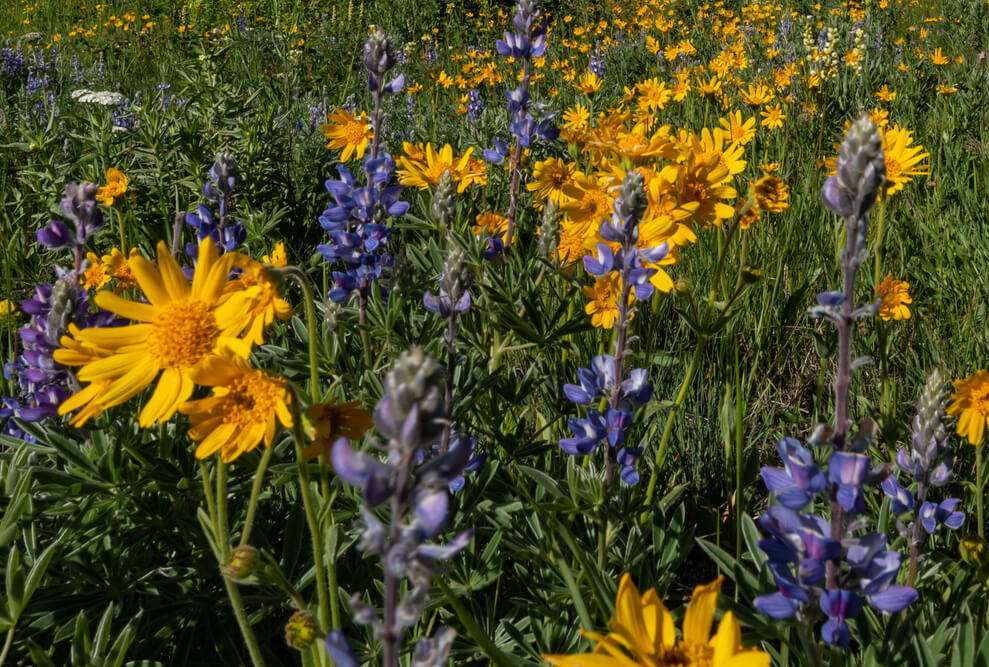
Share your garden with us!
If you plant a summer bee garden, we would love to see it. Post a photo on one of our social channels at Facebook, Twitter, Instagram or Pinterest. And then give yourself a high-five. You’ve just done your part to help protect the U.S. honeybee population!

